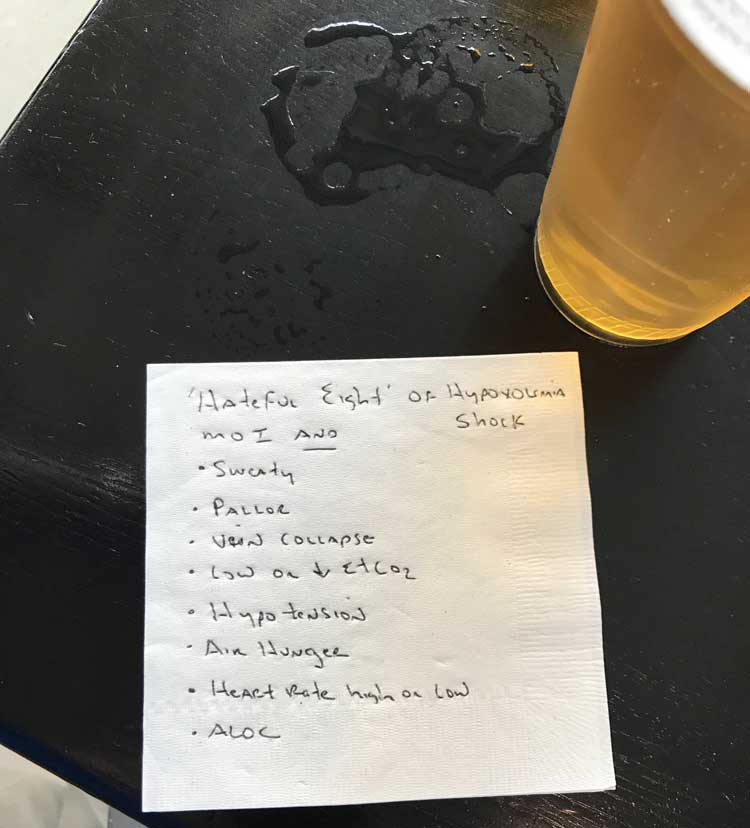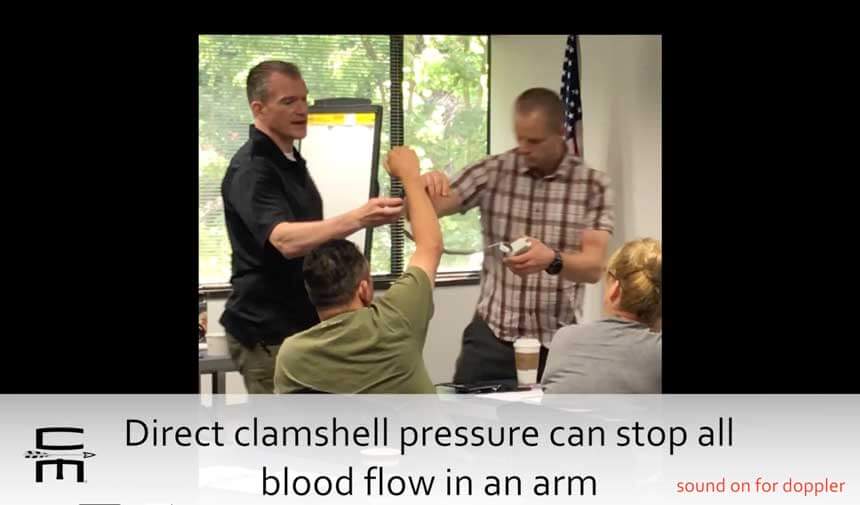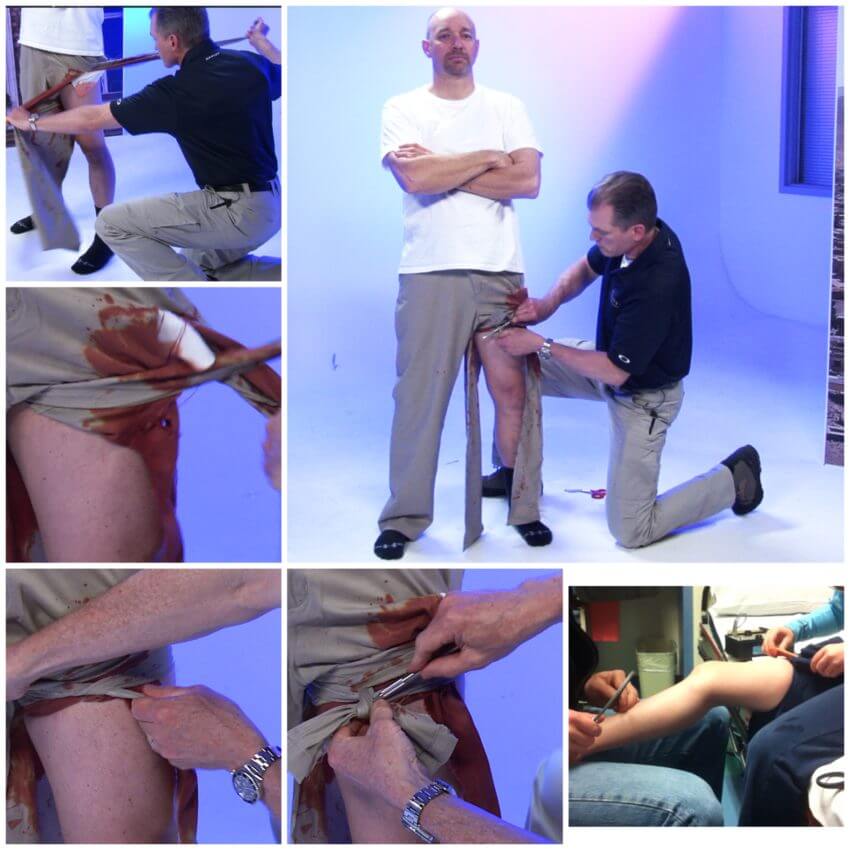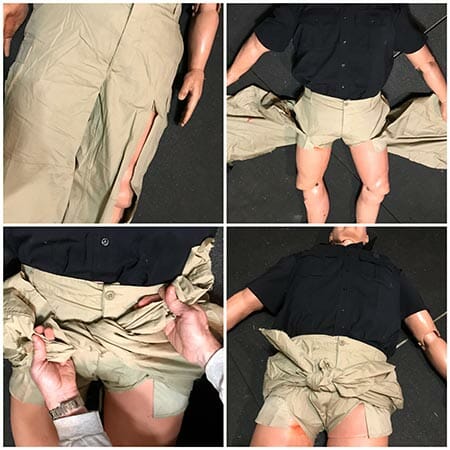🕖 Reading Time, 1 minutes In our race to use tourniquets for controlling hemorrhage, we often lose sight of the value of good direct pressure as a hemorrhage control technique. Proven commercially available tourniquets are almost always going to be …
Massive hemorrhage is the leading cause of preventable death from injuries.
How much blood loss is too much?
In December 1970, the US military published data on 7,800 soldier and Marine casualties from the conflict in Vietnam. In that data, specifically 10% of combat fatalities were from extremity hemorrhage. This dataset would later form the first TCCC guidelines in 1996. With the widespread adoption of tourniquets by the US. Military in the early 21st Century, death from massive extremity hemorrhage is now unusual in combat. This improvement has lead to greater awareness of massive hemorrhage from “junctional areas” like the neck, axilla/armpit, and groin, areas not amenable to circumferential tourniquet placement. To be facile at controlling massive hemorrhage, wound packing is a needed but often neglected skill set.
🕖 Reading Time, 3 minutes One of the best parts of the Special Operations Medical Association annual meeting is connecting with your peers and discussing issues we all deal with. One evening, while having a bar napkin discussion about prehospital …
🕖 Reading Time, 1 minutes You can eliminate arterial flow in nearly any limb you can get your fingers and hands wrapped around. This demonstration is from teaching the technique in our Advanced Tactical Casualty Care course, you can see …
🕖 Reading Time, 2 minutes Our first plan to manage massive extremity hemorrhage is to use a proven commercially available tourniquet. Barring that, create an improvised tourniquet using a cravat, or a strip of fabric, with a windlass for leverage. …
Pelvic fractures occur in 8% of major trauma patients. You can improvise a pelvic binder. 🕖 Reading Time, 3 minutes IED induced injuries resulting in traumatic lower limb amputation are associated with a 22% rate of pelvic fracture; half of …
Change in CAT tourniquets from 6th to 7th generation 🕖 Reading Time, 4 minutes In October 2015, the 6th generation Combat Application Tourniquet, or CAT, with its double-eyelet buckle was discontinued, in favor of the 7th generation CAT which has …






